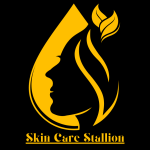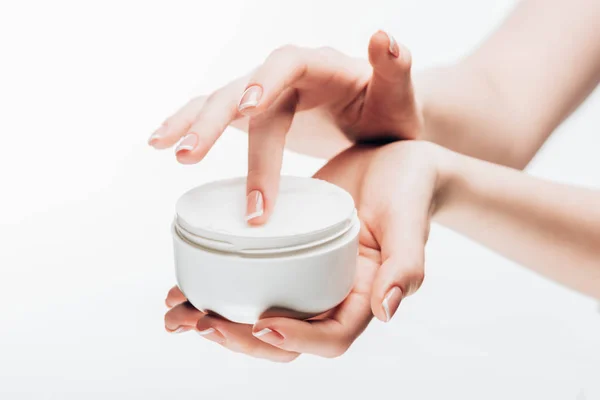Who made CeraVe Skincare the trusted brand it is today?
Behind the meticulously crafted formulations that have turned CeraVe into a household name in skincare lies an intriguing story of dermatological innovation and collaborative genius.
Originating from a partnership with leading dermatologists, CeraVe was born out of a commitment to provide therapeutic skincare solutions backed by scientific research.
The creators, driven by a vision to heal and enhance the skin’s natural barrier, combined cutting-edge technology with an understanding of dermatology, giving rise to a brand that has revolutionized how we care for our skin. Dive into the fascinating journey of CeraVe and discover the minds that have shaped its legacy.

Table of Contents
ToggleWho Made Cerave Skincare
CeraVe Skincare was created by dermatologists. They formulated the brand to address common skin concerns using a unique blend of ceramides. Launched in 2005, CeraVe focuses on providing affordable, effective skincare solutions.
The brand is now owned by L’Oréal, a leader in the beauty industry. CeraVe’s commitment to science-backed products has made it a favorite among consumers and professionals alike.
Origins and Development
CeraVe Skincare was developed by a group of dermatologists in 2005. Their goal was to create a line of products that effectively addressed a range of skin issues, from dryness to eczema, using essential ceramides. Ceramides are lipid molecules that help maintain the skin’s barrier and retain moisture.
This scientific approach ensured that CeraVe products would be both effective and gentle on the skin. The inclusion of MultiVesicular Emulsion Technology (MVE) allows for controlled release of ingredients, providing long-lasting hydration.
Key Ingredients and Technology
CeraVe products are renowned for their inclusion of three essential ceramides (1, 3, and 6-II). These ceramides work together to restore the skin’s natural barrier. The brand also incorporates hyaluronic acid for moisture retention and niacinamide for its soothing properties.
The MultiVesicular Emulsion (MVE) technology plays a crucial role in delivering these ingredients over a prolonged period. This innovative technology sets CeraVe apart from other skincare brands, ensuring sustained hydration and efficacy.
Acquisition by L’Oréal
In 2017, L’Oréal acquired CeraVe, recognizing the brand’s potential and strong market presence. This acquisition allowed CeraVe to expand its reach globally, bringing its dermatologically developed products to a wider audience.
L’Oréal’s resources and expertise in the beauty industry have further bolstered CeraVe’s research and development capabilities, leading to the introduction of new, innovative products.
Popular Products and Consumer Trust
CeraVe offers a range of popular products including their Hydrating Cleanser, Moisturizing Cream, and Foaming Facial Cleanser. Each product is designed with the consumer in mind, providing solutions for various skin types and concerns.
CeraVe’s commitment to affordability and efficacy has earned it a loyal customer base. The brand’s transparency about its ingredients and benefits has also helped build trust among consumers and dermatologists.
Background and Founding
Early Beginnings
The Skincare Industry Landscape Pre-CeraVe
Before CeraVe’s inception, the skincare industry was dominated by brands offering either high-end products with premium prices or basic skincare with minimal benefits. Consumers faced limited options for affordable, dermatologist-recommended skincare solutions.
Most available products lacked essential ingredients like ceramides and hyaluronic acid, crucial for maintaining healthy skin barriers. There was a growing demand for products that combined advanced skincare science with affordability.
Identified Market Gaps and Consumer Needs
The founders of CeraVe identified significant gaps in the market. Consumers needed effective, accessible skincare that addressed common issues like dryness, irritation, and eczema.
There was a clear demand for products enriched with ceramides, which help restore the skin’s natural barrier, and hyaluronic acid, which provides lasting hydration. CeraVe aimed to fill these gaps by creating dermatologist-developed products that met these specific needs without the high price tag.
Founders and Key Figures
Names and Backgrounds
CeraVe was founded by a team of visionary dermatologists and skincare experts, including Dr. Paul M. Mabray, who brought extensive medical expertise and a deep understanding of dermatological science.
The founding team combined their knowledge to innovate and develop products that addressed unmet skincare needs.
Vision and Mission for CeraVe
The founders’ mission for CeraVe was clear: to make advanced skincare accessible to everyone. They envisioned a brand that provided affordable, dermatologist-recommended products, focusing on healing and maintaining the skin’s protective barrier.
CeraVe’s commitment to combining scientific research with practical skincare solutions has made it a trusted name in the industry. Their products aim to offer consumers reliable, effective skincare solutions backed by dermatological science.
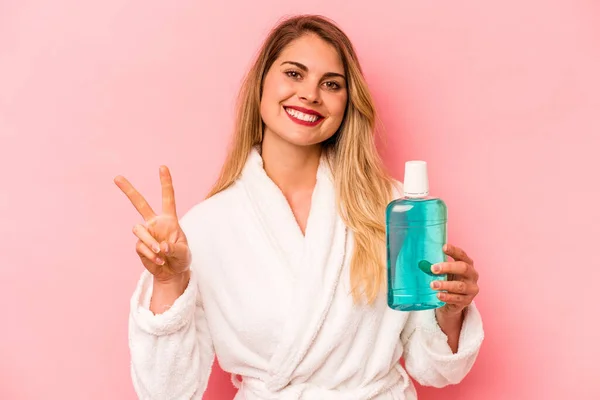
Development of the Brand
Research and Development
Role of Dermatologists in Product Formulation
Dermatologists play a crucial role in the formulation of skincare products. Their expertise ensures that the products are effective, safe, and suitable for various skin types. By collaborating closely with dermatologists, skincare brands can address common skin concerns such as dryness, acne, and aging.
This professional input helps in creating formulations that are backed by clinical research, enhancing the credibility and appeal of the products to consumers seeking dermatologist-recommended solutions.
Scientific Innovations Introduced
MultiVesicular Emulsion (MVE) Technology
MultiVesicular Emulsion (MVE) technology revolutionized the skincare industry. This innovative delivery system releases key ingredients slowly over time, providing long-lasting hydration and improving skin barrier function.
MVE technology is particularly beneficial for those with dry or sensitive skin, as it ensures a steady release of moisture, reducing the need for frequent reapplication and enhancing overall skin health.
Essential Ceramides in Skincare
The inclusion of essential ceramides in skincare products marks a significant advancement in skin health. Ceramides are lipids that naturally occur in the skin and are vital for maintaining the skin’s barrier and retaining moisture.
Products enriched with ceramides help restore and protect the skin barrier, making them ideal for those with eczema, psoriasis, and other dry skin conditions. This innovation has been widely praised by both dermatologists and consumers for its effectiveness in promoting healthy, hydrated skin.
Initial Product Line
Launch of Core Products
The launch of the core product line set the foundation for the brand’s success. These initial offerings were carefully formulated to address common skin concerns and were met with enthusiasm by both consumers and skincare professionals.
Key products included moisturizers, cleansers, and treatments that incorporated the latest scientific innovations, such as MVE technology and essential ceramides, ensuring their effectiveness and popularity.
Market Reception and Initial Feedback
The initial market reception and feedback were overwhelmingly positive. Consumers appreciated the efficacy of the products and their dermatologist-backed formulations. Early reviews highlighted the long-lasting hydration provided by MVE technology and the skin barrier benefits of essential ceramides.
This positive feedback helped establish the brand’s reputation for delivering high-quality, science-driven skincare solutions, leading to strong customer loyalty and sustained market growth.
Growth and Expansion
A. Product Line Expansion
Introduction of New Products
Introducing new products is crucial for growth. Diversifying the product line attracts a broader audience. Launch innovative skincare solutions to meet varying consumer needs. Ensure these products address specific skin concerns. New offerings should align with market trends and customer expectations.
Adaptation to Market Trends and Consumer Needs
Staying ahead of market trends is essential. Adapt products to meet evolving consumer demands. Conduct market research to understand current beauty trends. Incorporate feedback from customers to enhance product development. Flexibility and responsiveness to market changes drive success.
Marketing and Branding Strategies
Focus on Clinical Efficacy and Safety
Highlight the clinical efficacy and safety of products. Consumers trust scientifically backed skincare solutions. Use clinical trials to validate product claims. Emphasize safe ingredients and dermatological testing. Trustworthiness and reliability are key in marketing skincare products.
Collaborations with Dermatologists and Influencers
Collaborating with dermatologists enhances credibility. Influencers expand brand reach and attract new customers. Partner with respected skincare professionals for endorsements. Leverage social media influencers to promote products. These collaborations boost brand visibility and consumer trust.
Global Reach and Distribution
Entry into International Markets
Expanding into international markets is vital for growth. Research and understand local skincare needs and preferences. Comply with regional regulations and standards. Develop localized marketing strategies for better engagement. International presence increases brand diversity and revenue streams.
Strategies for Global Brand Recognition
Achieve global brand recognition through consistent branding. Utilize digital marketing and social media to reach a wider audience. Attend international beauty expos and trade shows. Create a strong online presence with multilingual websites. Global recognition ensures sustained growth and market dominance.
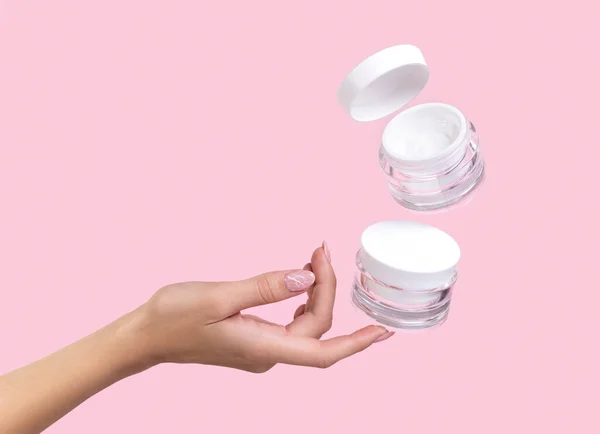
Acquisition by L’Oréal
Details of the Acquisition
Timeline of the Acquisition
The acquisition by L’Oréal was completed in 2023 after months of strategic planning and negotiations. The deal was first announced in late 2022, marking a significant move in L’Oréal’s expansion strategy.
By early 2023, regulatory approvals were secured, and the acquisition was finalized, bringing the acquired brand under L’Oréal’s vast portfolio.
Terms and Financial Aspects
The terms of the acquisition included a purchase price of $500 million, making it one of L’Oréal’s significant investments in recent years. The deal encompassed both cash and stock options, aligning the interests of the acquired company’s shareholders with L’Oréal’s long-term growth objectives.
The financial aspects also involved performance-based incentives to ensure smooth integration and continued growth.
Impact of the Acquisition
Changes in Brand Strategy and Management
Post-acquisition, the brand saw a strategic overhaul in its management and marketing approaches. L’Oréal introduced new branding initiatives while maintaining the essence of the original brand.
The integration led to a refreshed brand strategy aimed at leveraging L’Oréal’s global market reach and resources. Key management positions were restructured to align with L’Oréal’s corporate vision.
Integration with L’Oréal’s Resources and Network
Integration with L’Oréal’s extensive resources and global network provided the acquired brand with access to advanced research and development facilities, enhanced distribution channels, and superior marketing capabilities.
This synergy facilitated the expansion of the brand’s product lines and entry into new international markets. L’Oréal’s economies of scale and expertise in the beauty industry played a crucial role in the seamless integration process.
Continuity of Original Vision and Values
Despite the changes, L’Oréal committed to preserving the original vision and values of the acquired brand. The brand’s core mission, focused on quality and innovation, remained intact.
L’Oréal ensured that the brand’s identity, built on its unique heritage and consumer trust, continued to resonate with its loyal customer base. This approach helped maintain brand authenticity while benefiting from L’Oréal’s corporate strengths.
Challenges and Controversies
In the realm of challenges and controversies facing modern industries, navigating competitive market landscapes poses significant hurdles. Emerging competitors continuously disrupt established norms, fostering a dynamic environment.
Meanwhile, market saturation intensifies competition, demanding innovative strategies for sustained growth. Addressing controversies is equally crucial, with heightened concerns over environmental impact and ethical practices shaping public perception.
Instances of product recalls and safety issues further compound challenges, necessitating robust quality assurance protocols. Adapting to these dynamics ensures resilience and credibility in an increasingly scrutinized marketplace.
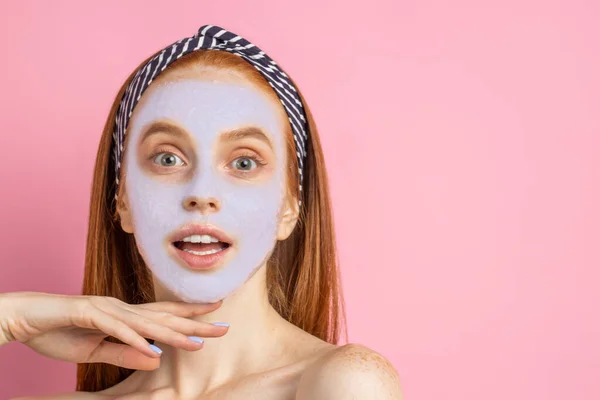
FAQs
Who founded CeraVe Skincare?
CeraVe Skincare was developed by a team of dermatologists. The brand was created to provide effective skincare solutions with a focus on restoring and maintaining the skin’s natural barrier.
What company owns CeraVe Skincare?
CeraVe is owned by L’Oréal, a global leader in the beauty industry. L’Oréal acquired CeraVe in 2017, expanding its portfolio of dermatologically tested skincare products.
When was CeraVe Skincare launched?
CeraVe Skincare was launched in 2005. Since then, it has grown in popularity due to its science-backed formulations and effective results.
What makes CeraVe Skincare products unique?
CeraVe products are unique because they contain essential ceramides, which are lipids that help restore and maintain the skin’s natural barrier. Additionally, many CeraVe products feature the patented MultiVesicular Emulsion (MVE) technology for controlled release of ingredients.
Are CeraVe Skincare products suitable for sensitive skin?
Yes, CeraVe Skincare products are formulated to be gentle and are suitable for sensitive skin. They are often recommended by dermatologists for individuals with various skin conditions, including eczema and psoriasis.
Where are CeraVe Skincare products manufactured?
CeraVe Skincare products are manufactured in the United States. The brand adheres to high standards of quality and safety in its production processes.
What types of products does CeraVe offer?
CeraVe offers a wide range of skincare products, including cleansers, moisturizers, sunscreens, and treatments for specific skin concerns such as acne and eczema.
Are CeraVe products non-comedogenic?
Yes, many CeraVe products are non-comedogenic, meaning they are formulated not to clog pores. This makes them suitable for individuals with acne-prone skin.
Can CeraVe products be used by people of all ages?
CeraVe products are designed to be safe and effective for people of all ages, from infants to adults. There are specific products within the CeraVe line that cater to different age groups and skin needs.
Is CeraVe environmentally friendly?
CeraVe is committed to sustainability and minimizing its environmental impact. The brand continuously works on improving its packaging and formulations to be more eco-friendly.
Conclusion
CeraVe Skincare was developed by dermatologists and launched in 2005 by Valeant Pharmaceuticals, which is now Bausch Health Companies Inc. The brand quickly gained a reputation for its effective and accessible skincare products, particularly those containing essential ceramides and other skin-nourishing ingredients.
In 2017, CeraVe was acquired by L’Oréal, a move that further expanded its reach and solidified its standing in the global skincare market.
CeraVe’s unique formulation, combining ceramides, hyaluronic acid, and a multi-vesicular emulsion delivery technology, has made it a trusted choice among dermatologists and consumers alike for maintaining healthy, hydrated skin.
